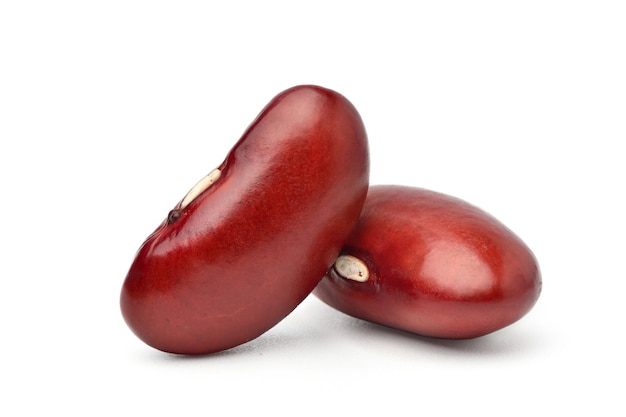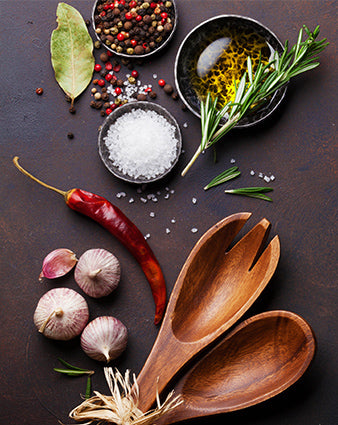From Farm-to-Fork: The Kidney Bean Trek 🌱
Ever enjoyed a hearty bowl of chili and wondered about the journey those tasty kidney beans took to get there? Let's dive into the fascinating process of farming kidney beans, from the moment they're planted to the time they land on your plate.
Sowing the Seeds: Planting Kidney Beans 🌱
Our journey starts in the spring, as farmers prepare the fields for planting. Kidney beans love warm soil and plenty of sunshine, making late spring the perfect time to plant them. 
Farmers plant kidney bean seeds in rows, spacing them properly to ensure each plant has room to grow.
These seeds, small and dry, are packed with potential. Once they're nestled in the soil, they just need a bit of moisture and warmth to get started.
Sprouting and Growing: From Seedling to Plant 👩🌾
With the right conditions, it doesn't take long for the kidney bean seeds to sprout. Within a week or two, tiny green shoots emerge from the soil, reaching for the sun.
As the seedlings grow, they develop sturdy stems and broad leaves. These leaves are crucial as they soak up sunlight and convert it into energy through photosynthesis, fuelling the plant's growth.
Farmers ensure the young plants get enough water but are careful to avoid waterlogging, which can damage the roots.
Flowering and Pod Formation: The Bean's Beginnings 🌼
After a few weeks of leafy growth, the kidney bean plants start to flower. These small, delicate flowers are usually white or pale pink and signal the next exciting phase.
Each flower has the potential to become a bean pod. Once pollinated, the flowers develop into slender pods that grow and swell as the beans inside mature.
This stage requires a balance of sunshine, water, and nutrients to ensure healthy pod development.
Maturing and Harvesting: Beans Ready for Picking🚜
By late summer or early fall, the kidney bean pods are mature and ready for harvest. Farmers know it's time to harvest when the pods turn yellow and dry out, and the beans inside are firm and fully formed.
Harvesting kidney beans can be done by hand or with the help of machinery. The goal is to gather the pods without damaging the beans inside.
Once collected, the pods are left to dry completely, either in the field or in a well-ventilated area, to ensure the beans inside are ready for storage.
Drying and Processing: Preparing for the Pantry
After drying, the beans are removed from their pods. This can be done by threshing, where the pods are gently crushed to release the beans. 
The beans are then cleaned to remove any debris, such as bits of pod or dirt. They might also be sorted by size and quality, ensuring only the best beans make it to market.
These beans are then packaged and ready to go!
Cooking and Eating: The Final Destination
Once kidney beans reach your kitchen, they’re ready to be transformed into delicious meals. Whether you’re soaking them overnight for a slow-cooked chili or using canned beans for a quick salad, their journey from farm to fork is complete.
Kidney beans are incredibly versatile. They’re packed with protein, fibre, and essential nutrients, making them a staple in many dishes around the world.
From soups and stews to salads and side dishes, kidney beans add flavour, texture, and nutrition to any meal.
Fun Kidney Bean Facts:
- Ancient Roots: Kidney beans have been cultivated for thousands of years, with origins in Central and South America.
- Nutritious Nuggets: They’re rich in protein, fibre, iron, and folate, making them a healthy addition to any diet.
- Variety is the Spice: There are different types of kidney beans, including red kidney beans, white kidney beans (also known as cannellini beans), and even dark red kidney beans.
Next time you savour a dish featuring kidney beans, take a moment to appreciate the journey these humble beans have taken. From the careful planting and nurturing to the harvesting and cooking, kidney beans truly are a testament to the hard work and dedication of farmers.







